Living as a Photographer and Hairdresser | 10 Questions for Hidenobu Suzuki | ISSUE #4
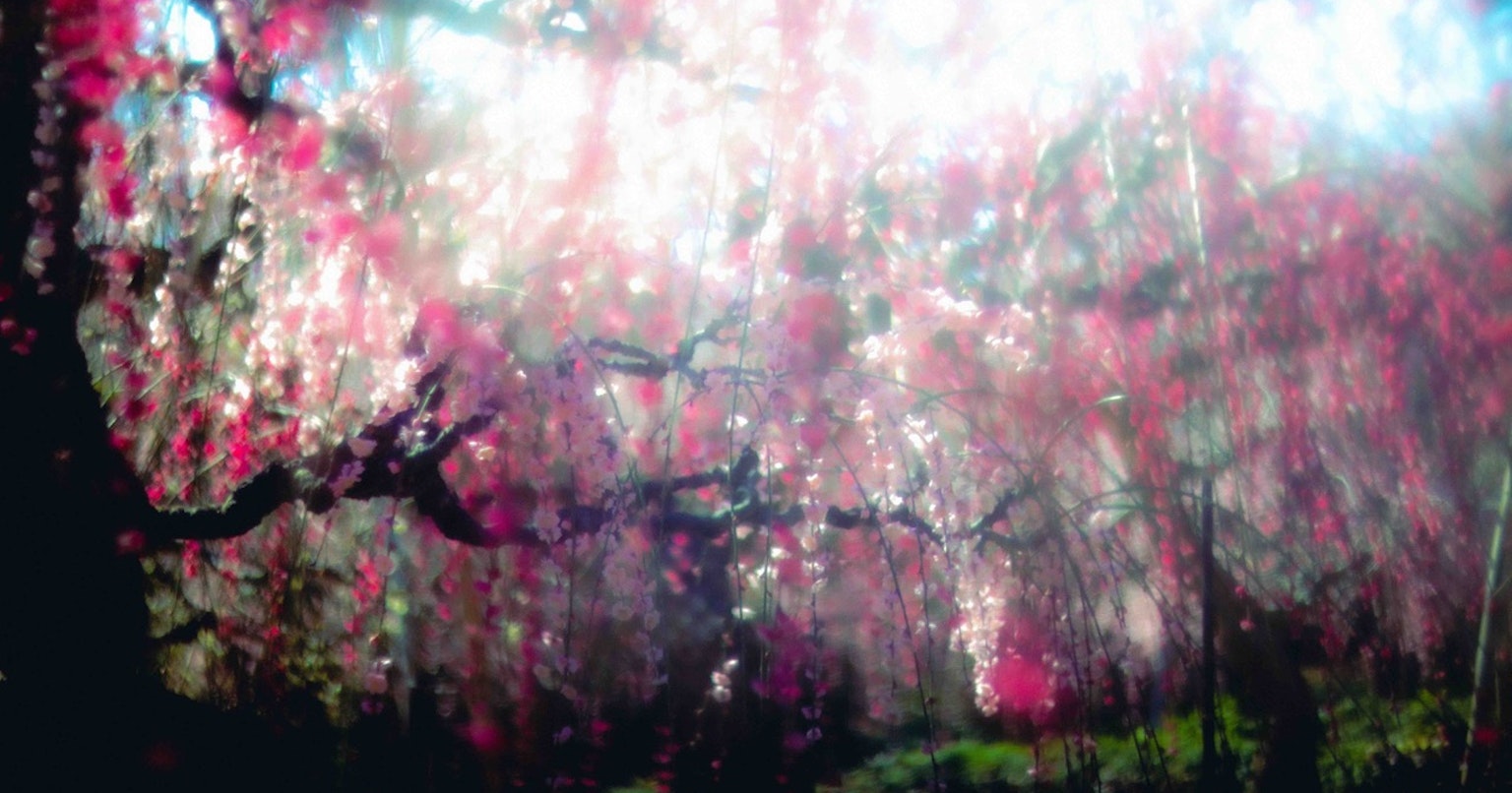
'ISSUE' delves into the sensibilities and thoughts of creators worldwide. A source of new inspiration.
In 'ISSUE #4', we explore the thoughts on photography and approach to art of Hidenobu Suzuki, who boasts numerous awards including the Gold Medal from the Société Nationale des Beaux-Arts in France.
Q1. About You
Born in 1971. Originally from Hamamatsu, currently residing in Toyohashi, and primarily working as a hairdresser.
His photography, which started as a hobby, gained international attention after being featured in 'National Geographic US' and 'LensCulture', leading to numerous features worldwide.
In 2016, he was invited to exhibit by a prestigious French art organization and won the Gold Medal from the Société Nationale des Beaux-Arts. The exhibition was held at the Louvre Museum. Domestically, his work was featured over 13 pages in the monthly Bungeishunju magazine.
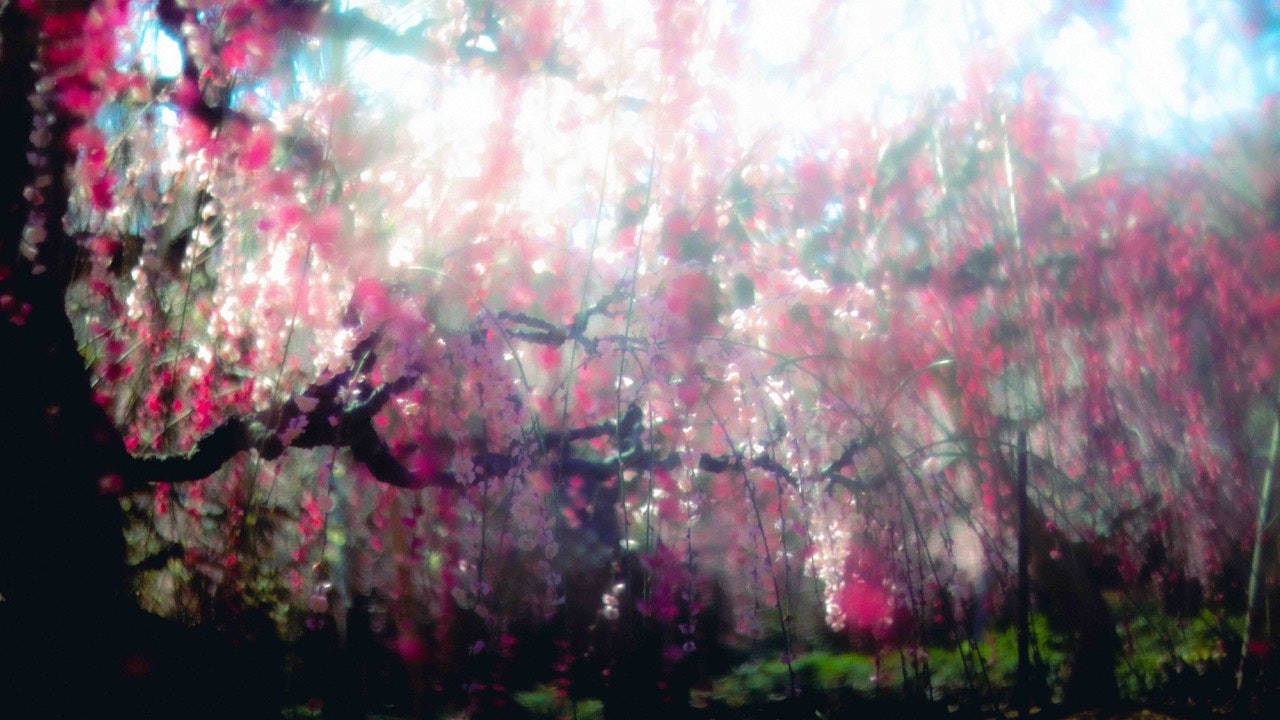
Image by hide
Q2. First Memory of Taking Photos
I don't clearly remember my first photo, but it was probably with a simple camera called 'Utsurun desu' during my childhood.
The turning point for seriously starting photography was winning the Gold Medal in Olympus's photo contest in 2013.
At that time, there was a plan for a company trip to Angkor Wat, and I decided to buy an OLYMPUS 'PEN' to make the most of visiting a World Heritage site.
Q3. Equipment Preferences
I wouldn't say I have a strong preference for cameras or lenses. However, in my home camera storage, there are about 35 lenses combined with cameras such as Canon '5D Mark III', '6D', FUJIFILM 'X-Pro', OLYMPUS 'OM-D', 'PEN', LEICA 'X2', and ZEISS lenses.
From 2014 to 2018, I often won photography awards from 'National Geographic US', so I used lenses, filters, and tripods that made it easier to shoot nature and Japanese festivals.
After being invited to Paris several times for joint and solo exhibitions, my style shifted towards more art-like, painting-style works. I began to prefer using old lenses for less sharp images. Sometimes, I would wrap a lens with plastic wrap or use a transparent sheet to intentionally blur the image.
With the invention of the camera in the 19th century, the direction of art changed significantly, influenced by the era, from realistic portraits and paintings to Impressionist and abstract art. Similarly, with the spread of smartphones today, the role of photography is diversifying.
There is no right answer; it's about using what allows each person to express themselves best, whether high-spec or cheap. That's my approach to equipment.

Image by hide
Q4. Music Recently Listened To
From morning till night, the music playing at work is overseas R&B, so I frequently listen to the latest R&B trends.
Apple Music's 'R&B Hits' and 'R&B Now' are highly recommended!
Q5. Creators Who Inspired You
Andreas Gursky.
A leading figure in contemporary German photography. His first solo exhibition in Japan was held at the National Art Center in 2013.
It was the experience of viewing his work 'Rhein II', which was said to have fetched the highest price at the time, that left a lasting impression. I was overwhelmed by the size of his works upon entering the venue, but initially, I couldn't understand their appeal as they seemed quite ordinary.
As I approached the exit, I began to feel an indescribable sense of discomfort, prompting me to revisit the exhibition and scrutinize the works, leading to a realization.
'None of his works depict real landscapes.'
Despite the large prints, which should highlight editing flaws, the photos appeared natural and realistic, convincing viewers that 'photography equals truth'. I still remember the excitement of being in a space where everyone believed in the reality of his unreal works.
Considering the era in which his works were created, when computer specs were not high, his editing skills were truly remarkable. This sparked my interest in photo editing and taught me the joy of editing. I believe this experience laid the foundation for my editing skills.
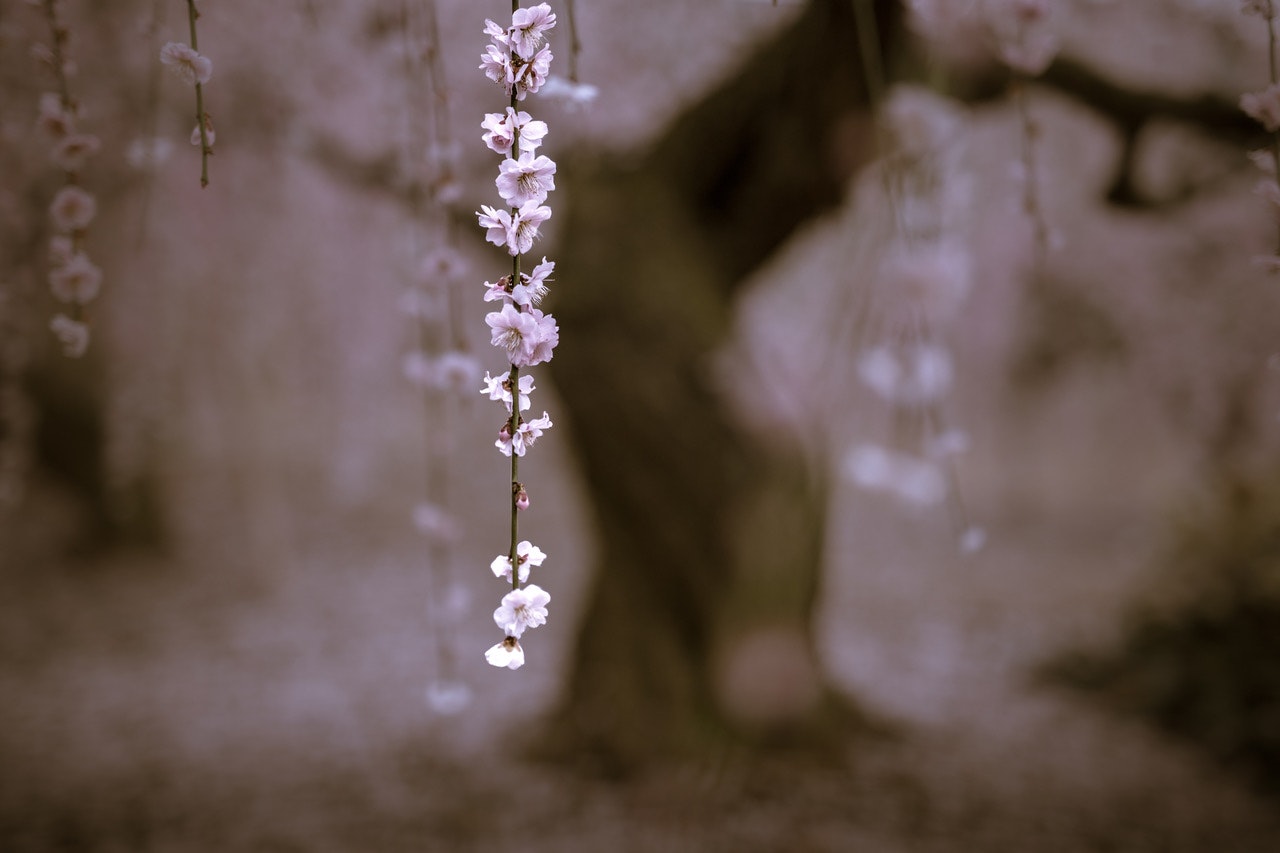
Image by hide
Q6. Cameras You Want to Try
I want to try both the latest and older cameras.
They are tools for creating works, much like pens or brushes, each with its own characteristics and quirks, so I want to explore various options.
Q7. Favorite Shooting Situations
I often enjoyed shooting rain-themed works.
It's a personal feeling, but I believed rain-themed works could prompt viewers to reflect on their inner selves.
On sunny days, people tend to go out and have fun, directing their energy outward. However, on rainy days, people often stay indoors, watch TV, or read, directing their energy inward and reflecting on themselves.
I hoped that those who viewed my rain-themed works would find a connection to introspection.
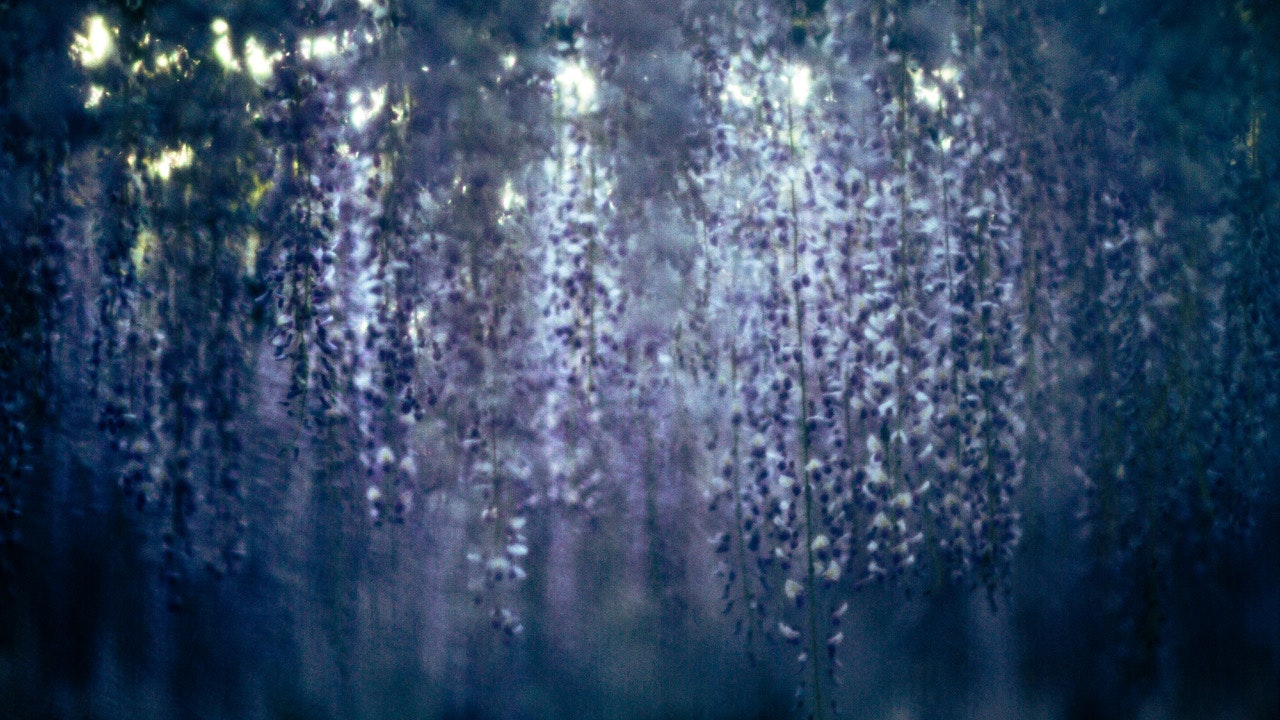
Image by hide
Q8. Things You Find Uncool
Though I don't go often anymore, the so-called scenic spots that are popular with the general public.
It's unpleasant to see people who prioritize self-satisfaction without considering others, not willing to share the space. The same goes for train enthusiasts.
Skilled and passionate photographers should create original works in non-scenic spots to influence many people. Photos that clearly convey the author's style and characteristics are more appealing than commonplace ones.
Social media is flooded with great photos. Many people use high-level cameras, lenses, and editing skills, but the compositions and locations are often similar, like commemorative photos. I hope people aim for originality while being considerate of others.
Additionally, I want people to focus not only on digital displays but also on prints to improve their skills. From my experience exhibiting large prints in Paris and New York, large photos clearly show editing skills. Stop being satisfied with small screens and aim for quality that can withstand enlargement to B0 size. It's a great learning experience.
Q9. Where You Usually Buy Clothes
I'm usually too busy, so I rely on ZOZOTOWN. Thank you always.
Q10. Favorite Settings
I don't have specific settings. They vary depending on the conditions and shooting situation. More importantly, I think clearly about the image I want to capture before shooting.
It's like cooking, right?
You can't make something delicious without thinking about what to make and how to season it beforehand.
It's the same with my work. As a hairdresser, I imagine the hairstyle before cutting, which leads to a beautiful finish. If I think about the hairstyle while cutting, it might end up too short or messy.
With a camera, anything can be captured by pressing the shutter, so learning the importance of having a certain level of imagination can lead to improvement.
Favorite Shot Taken with iPhone
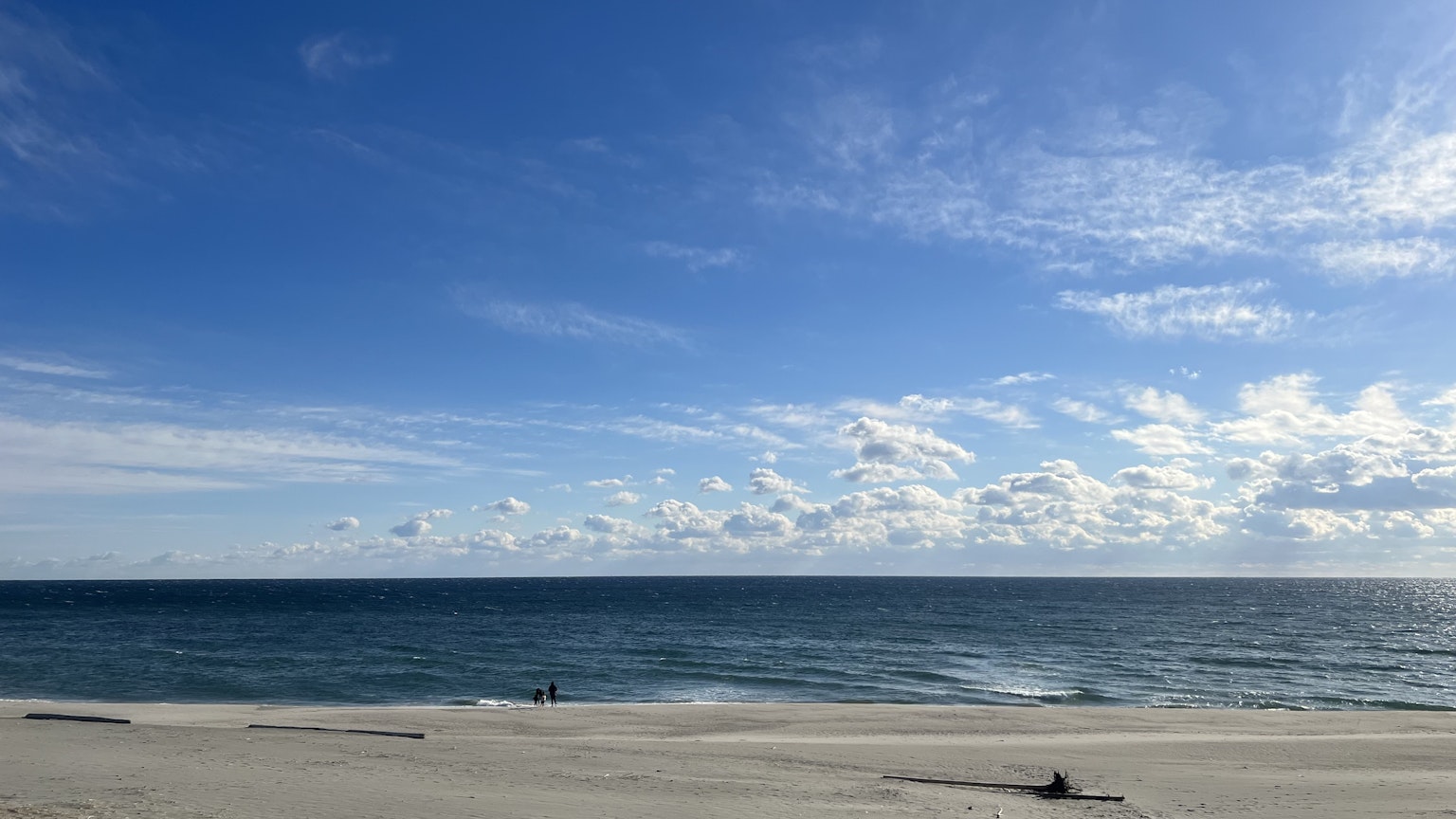
Image by hide
INFORMATION

Hidenobu Suzuki, born in 1971, resides in Toyohashi, Aichi Prefecture. He has been familiar with painting since childhood and began creating works that straddle photography and painting in 2013. His creative activities are based on the idea that 'emotion remains in memory'.
cizucu: hide
HP: hidenobu.jp
Instagram: @hidenobu_suzuki
Facebook: hide.suzuki